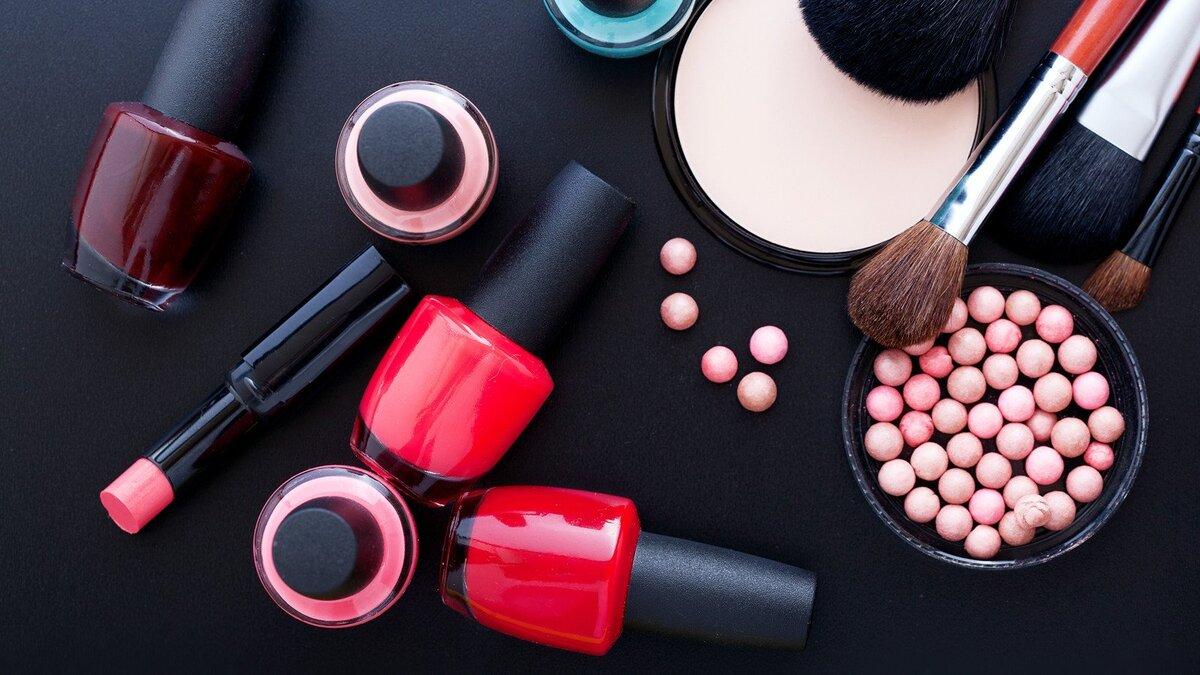The makeup market is undergoing a digital revolution, driven by cutting-edge technology that enhances the consumer shopping experience. Virtual try-ons and AI-powered beauty tools are reshaping how consumers interact with cosmetic products, offering personalized recommendations and immersive digital experiences. As beauty brands embrace these innovations, the industry is witnessing unprecedented growth and transformation.
1. The Role of Virtual Try-On Technology
Virtual try-on technology is revolutionizing the way consumers shop for makeup. By using augmented reality (AR), beauty brands allow users to test different products digitally before making a purchase. This feature eliminates guesswork, enhances customer confidence, and reduces product returns. Leading brands like L’Oréal, MAC, and Sephora have integrated virtual try-on tools into their websites and mobile apps, enabling users to experiment with various shades of lipstick, foundation, and eyeshadow in real-time.
2. AI-Powered Beauty Assistants and Personalized Recommendations
Artificial Intelligence (AI) is playing a significant role in personalizing the beauty experience. AI-powered beauty assistants analyze skin tones, textures, and concerns to provide tailored product suggestions. These tools use machine learning to improve accuracy over time, offering users a more customized and satisfying shopping experience. Brands like Maybelline and Estée Lauder are leveraging AI-driven algorithms to recommend foundation shades and skincare solutions suited to individual needs.
3. Enhancing E-Commerce Through Digital Innovation
E-commerce has become the dominant sales channel for beauty brands, and digital innovations are making online shopping more seamless. Virtual consultations with beauty experts, AI-driven chatbots, and interactive product quizzes help customers make informed decisions. These enhancements not only boost conversion rates but also foster a stronger connection between brands and consumers, making online shopping more engaging and interactive.
4. The Impact of Social Media and Influencer Collaborations
Social media platforms like Instagram, TikTok, and YouTube have become essential for promoting AI and AR-driven beauty experiences. Beauty influencers and content creators demonstrate virtual try-ons and share their personalized AI recommendations, driving product awareness and sales. User-generated content and real-time feedback further enhance brand credibility, making digital tools a valuable asset in the marketing strategy.
5. Bridging the Gap Between Online and In-Store Shopping
While online shopping is thriving, beauty brands are also integrating digital experiences into physical stores. Smart mirrors equipped with AR capabilities allow customers to try on makeup virtually without physically applying it. Retailers like Ulta and Sephora are implementing these technologies to provide a seamless omnichannel experience, ensuring that both online and in-store customers benefit from digital advancements.
6. Challenges and Future Opportunities
Despite the advantages, challenges such as accuracy limitations, device compatibility, and privacy concerns remain. However, as AI and AR technology evolve, these issues are gradually being addressed. The future of digital beauty lies in continuous improvements, including more precise shade-matching algorithms, enhanced skin analysis, and AI-driven sustainability initiatives.
Conclusion
The makeup market in the digital age is being transformed by virtual try-ons and AI tools, redefining how consumers explore and purchase beauty products. As brands continue to innovate and integrate technology into their strategies, the industry is poised for remarkable growth. The fusion of AI, AR, and digital retail experiences is not just a trend—it’s the future of beauty.



